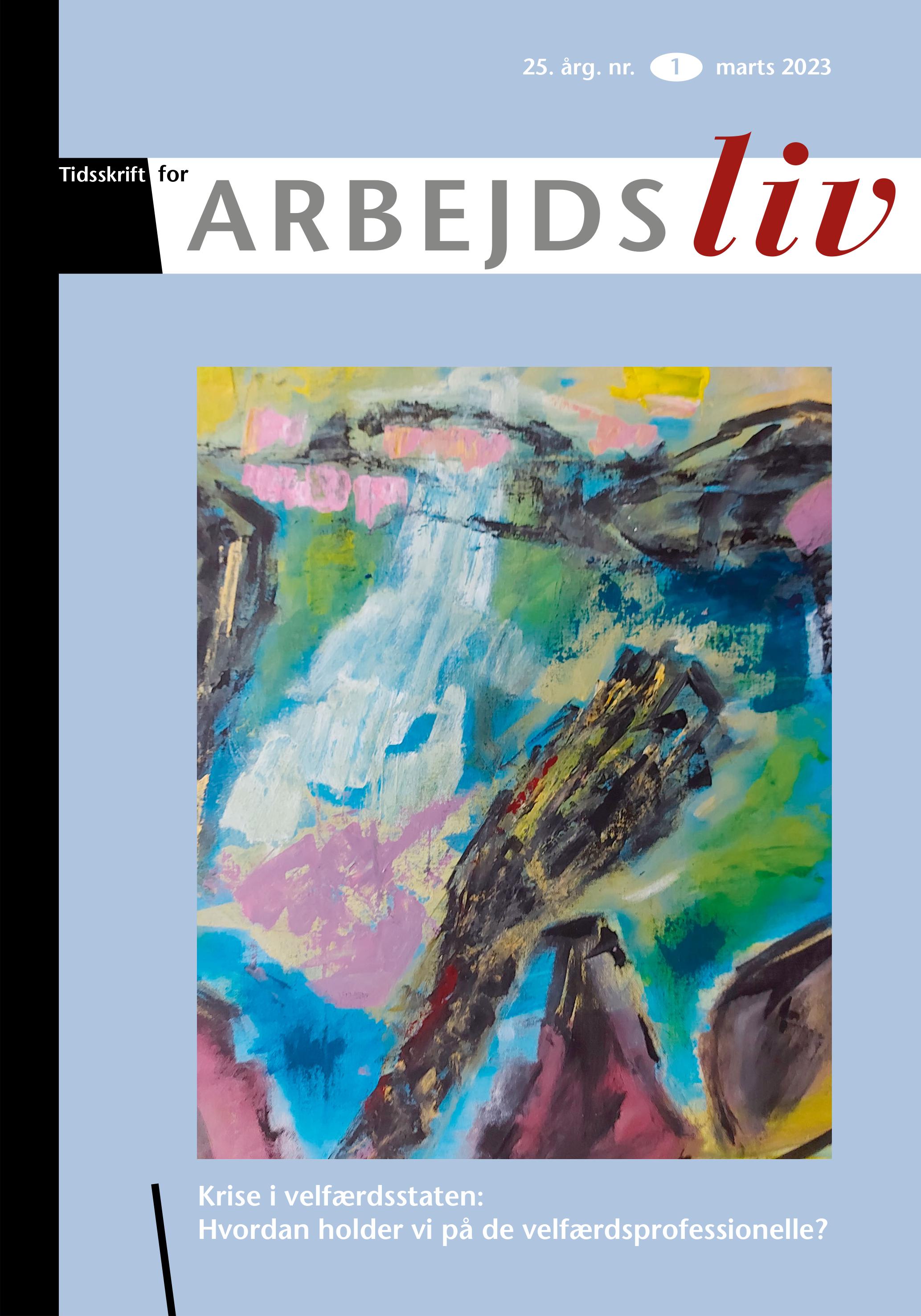Selvstyrende teams i hjemmeplejen
– en vej til et mere attraktivt arbejde?
Nøgleord:
Hjemmepleje, Selvstyrende teams, Affektivt arbejde, Sociomaterielt assemblage, Moralsk arbejdeResumé
Selvstyrende teams implementeres i disse år i hjemmeplejen med visioner om at skabe mere kontinuitet for borgerne og mere attraktive arbejdspladser for medarbejderne. I denne artikel undersøger jeg, hvordan selvstyring af kørelister udfolder sig i praksis og hvordan det sammmenvæver sig med både humane og non-humane aktører. Artiklen er baseret på multi-sited etnografiske undersøgelser og tager udgangspunkt i en forståelse af arbejdet i hjemmeplejen som et sociomaterielt assemblage, hvor begreber om ansvar, normer, affektivt arbejde og moralsk arbejde sættes i spil. Artiklen viser, at medarbejderne overordnet er glade for at arbejde i selvstyrende teams og oplever, at det giver dem mere frihed og arbejdsglæde. Artiklen viser også, hvordan medarbejderne i selvstyrende teams bliver kollektivt ansvarlige for at få de daglige kørelister til at gå op. Dette sker i sammenvævede praksisser, hvor store skærme synliggør og fællesgør de individuelle kørelister. I dette rum påvirkes praksisser også af gældende normer i teamet, og samtidig kræver det, at medarbejderne både laver et usynligt affektivt og moralsk arbejde for at skabe kørelister, alle er tilfredse med. Selvstyrende teams kan således ikke betragtes som entydigt godt, men kommer med potentielle spændinger i forhold til at skabe mere attraktive arbejdspladser.
Downloads
Publiceret
Citation/Eksport
Nummer
Sektion
Licens
Copyright (c) 2023 Forfatteren og tidsskriftet i samarbejde

Dette værk er under følgende licens Creative Commons Navngivelse –Ikke-kommerciel (by-nc).
Forfattere, der publicerer deres værker via dette tidsskrift, accepterer følgende vilkår:
- Forfattere bevarer deres ophavsret og giver tidsskriftet ret til første publicering, samtidigt med at værket ét år efter publiceringen er omfattet af en Creative Commons Attribution-licens, der giver andre ret til at dele værket med en anerkendelse af værkets forfatter og første publicering i nærværende tidsskrift.
- Forfattere kan indgå flere separate kontraktlige aftaler om ikke-eksklusiv distribution af tidsskriftets publicerede version af værket (f.eks. sende det til et institutionslager eller udgive det i en bog), med en anerkendelse af værkets første publicering i nærværende tidsskrift.
- Forfattere har ret til og opfordres til at publicere deres værker online (f.eks. i institutionslagre eller på deres websted) forud for og under manuskriptprocessen, da dette kan føre til produktive udvekslinger, samt tidligere og større citater fra publicerede værker (se The Effect of Open Access).





